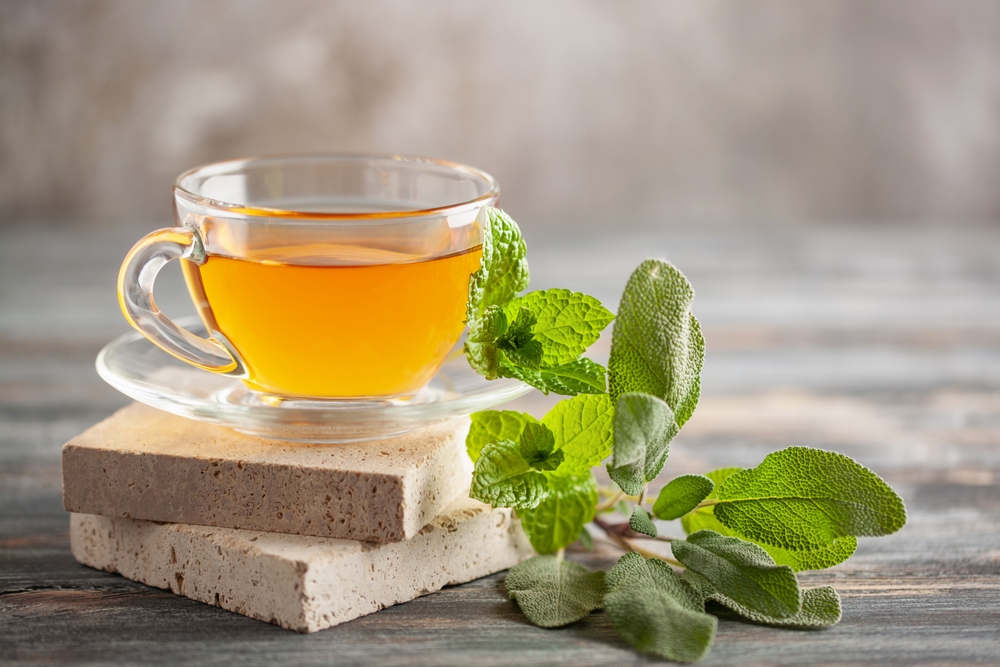Feeling moody the entire month? Top Ayurvedic tips that support all 4 phases of your menstrual cycle | Health
A woman goes through four phases during their monthly cycle, which transition from one to another naturally. Each phase has its own hormonal shifts, energy levels and needs. The four phases are menstrual, follicular, ovulatory, and luteal. Many women experience a lot of discomfort and distress during some of the phases, whether it’s because of bloating, fatigue or unpredictable mood swings.
ALSO READ: Gynaecologist reveals 5 ways stress affects menstrual cycle: From heavier flow to missed periods
The menstrual phase is the bleeding period with low energy; the follicular phase is when the egg matures in the ovary, accompanied by an energetic mood. Ovulation is when the egg is released, with heightened sexual drive, while lastly, the luteal phase is the final phase when the body prepares for a possible pregnancy, accompanied by irritability and fatigue. So many conflicting moods and feelings come up all in one month as the hormones like estrogen, progesterone rapidly change, making it important to understand that there are different needs during each menstrual phase.
Ayurveda suggests some practices that help navigate these challenges with ease. Nidhi Bhanshali Pandya, a New York-based Ayurvedic expert, shared with HT Lifestyle how one can adopt some Ayurvedic practices in each of the menstrual phases.
She said, “In Ayurveda, a woman’s menstrual cycle is not just a reproductive rhythm; it’s a monthly inner climate shift that mirrors her health and emotional balance. Each phase, menstrual, follicular, ovulatory, and luteal, brings its own energy, needs, and vulnerabilities. When we adapt our diet, routines, and self-care to match these shifts, we don’t just reduce discomfort, we nurture vitality, hormones, and mood.”
ALSO READ: Nutritionist shares the correct way of seed cycling to balance female hormones
It is an erroneous belief that a woman’s needs throughout the month will be linear. The drastic hormonal changes across the menstrual cycle mean that energy levels, moods, and physical requirements are bound to fluctuate. Fine-tuning each phase by adding certain habits or foods helps support the hormonal shifts and make you feel better.
Nidhi, addressing these hormonal shifts from an Ayurvedic lens, shared a guide with us, covering key habits one can adopt and foods and beverages that support each phase:
1. Menstrual Phase (Day 1–5)

Ayurvedic view:
- Menstruation is governed by apana vata, the downward-moving energy responsible for elimination.
- The body is in cleansing mode. Overexertion or stimulating therapies can disrupt this delicate process, leading to cramps, clotting, or fatigue.
Habits:
- Rest more than usual; keep your schedule light.
- Avoid heavy exercise, late nights, and excessive screen time.
- Eat warm, easy-to-digest meals like moong dal khichdi, vegetable soups, or rice porridge.
- Keep the abdomen warm with a shawl or hot water bottle.
Helpful ingredients and rituals:
- Teas: Ginger, ajwain, and fennel to ease cramps and improve circulation.
- Localised self-care: Gentle oiling of soles or scalp if needed for relaxation (no full-body abhyanga).
- Sensory practice: Soft, grounding music and dim lighting to soothe the nervous system.
2. Follicular Phase (Day 6–12)

Ayurvedic view:
- As bleeding stops, kapha dosha takes the lead, nourishing tissues and building strength.
- This is the creative phase: the mind is more open, and energy steadily rises.
Habits:
- Gradually reintroduce light to moderate movement, yoga, walking, sand wimming.
- Fuel the body with nutrient-rich, slightly heavier foods, whole grains, soaked almonds, ghee, and seasonal vegetables.
- Engage in creative or strategic work; this is a fertile time for ideas.
Helpful ingredients and rituals:
- Foods: Dates, saffron-infused milk, ghee, soaked nuts to build ojas (vitality).
- Self-care: Gentle facial steaming with rose petals or lavender.
- Sensory practice: Floral aromas like rose and jasmine to uplift mood and enhance kapha’s stabilising qualities.
3. Ovulatory Phase (Day 13–16)

Ayurvedic view:
Ovulation is the fruition phase, a blend of pitta (heat, transformation) and kapha (lubrication, stability). Your body is primed for conception, libido, and attraction often peak naturally. You may notice slightly heavier breasts, a glow in your skin, and even a subtle droopiness in the eyelids, signs of a fertile, receptive body.
Habits:
- Lean into social connection, collaboration, and intimacy.
- Keep pitta in check with hydrating, cooling foods like cucumber, tender coconut water, and mint chutney.
- Avoid overheating through midday workouts in hot weather.
Helpful ingredients and rituals:
- Foods: Pomegranate, lightly cooked greens, and fresh coriander to cool and refresh.
- Self-care: Morning nasya (medicated nasal oil) to keep the mind and senses clear.
- Sensory practice: Cooling aromas like sandalwood or vetiver to balance pitta.
4. Luteal Phase (Day 17–28)

Ayurvedic view:
- After ovulation, the body focuses on sustaining a potential pregnancy or preparing for menstruation. This phase demands stability, both physical and emotional.
- Pitta gives way to vata, and imbalance here often leads to PMS symptoms like irritability, bloating, or cravings.
Habits to embrace:
- Keep your schedule steady; avoid overcommitting.
- Eat warm, grounding meals with healthy fats, root vegetables, lentils, soups, and rice porridge.
- Add gentle evening breathwork or meditation to aid sleep.
Helpful ingredients and rituals:
- Foods: Rice broth (kanji), warm milk with nutmeg, cumin-coriander-fennel tea.
- Self-care: Castor oil pack on the abdomen to reduce bloating and support elimination.
- Sensory practice: Soft candlelight and warm baths to relax the body and mind.
Note to readers: This article is for informational purposes only and not a substitute for professional medical advice. Always seek the advice of your doctor with any questions about a medical condition.


